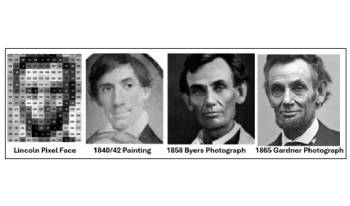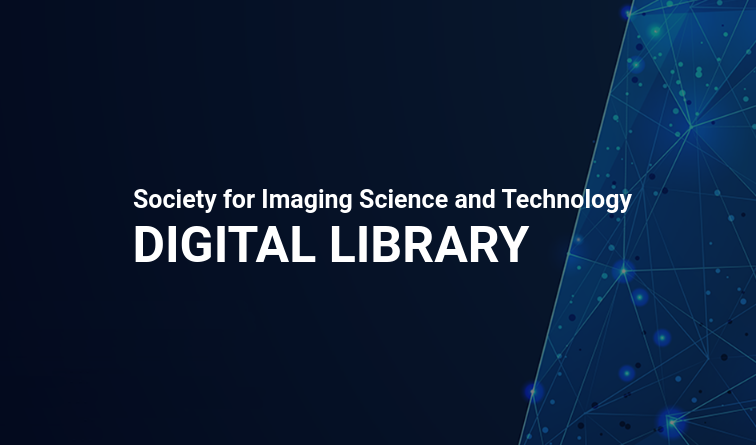
Are we there yet? All the puzzle pieces are here: a 2” miniature portrait on ivory dated circa 1840-1842, discovered alongside a letter detailing the owner’s familial ties to Mary Todd Lincoln. This portrait’s distinctive features echo President Lincoln’s unique facial asymmetry. However, despite intensive investigation, no historical document has been found to definitively link this miniature to Lincoln. This research aims to bridge art and science to determine whether this painting represents the earliest image of Abraham Lincoln, potentially opening avenues for future collaborations in identifying historical faces from the past. A key contributor to this effort is Dr. David Stork, an Adjunct Professor at Stanford University and a leading expert in computer-based image analysis. Dr. Stork holds 64 U.S. patents and has authored over 220 peer-reviewed publications in fields such as machine learning, pattern recognition, computational optics, and the image analysis of art. His recent book, Pixels and Paintings: Foundations of Computer-Assisted Connoisseurship1, fosters a dialogue between art scholars and the computer vision community.

As facial authentication systems become an increasingly advantageous technology, the subtle inaccuracy under certain subgroups grows in importance. As researchers perform data augmentation to increase subgroup accuracies, it is critical that the data augmentation approaches are understood. We specifically research the impact that the data augmentation method of racial transformation has upon the identity of the individual according to a facial authentication network. This demonstrates whether the racial transformation maintains critical aspects to an individual identity or whether the data augmentation method creates the equivalence of an entirely new individual for networks to train upon. We demonstrate our method for racial transformation based on other top research articles methods, display the embedding distance distribution of augmented faces compared with the embedding distance of non-augmented faces and explain to what extent racial transformation maintains critical aspects to an individual’s identity.